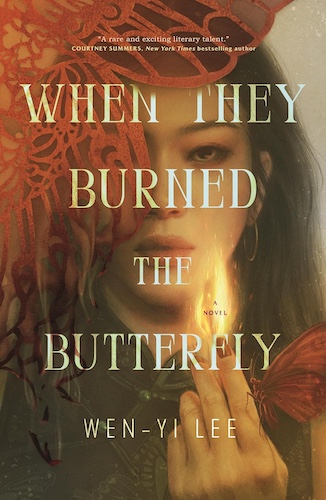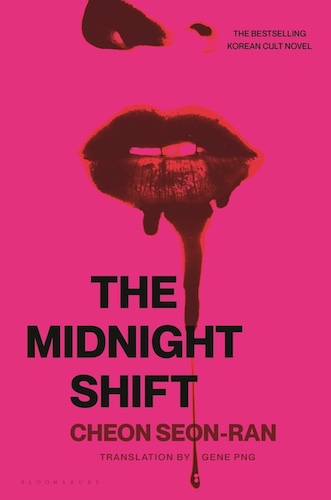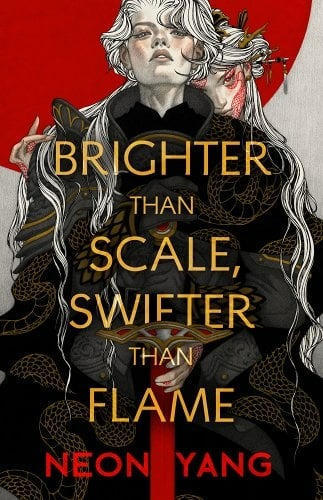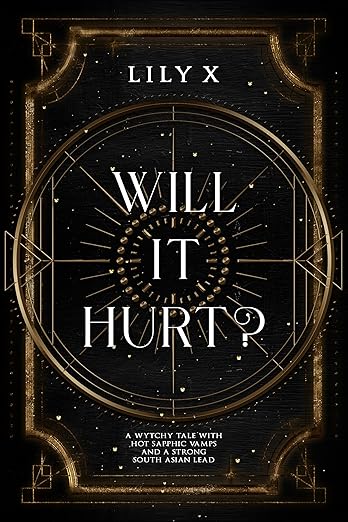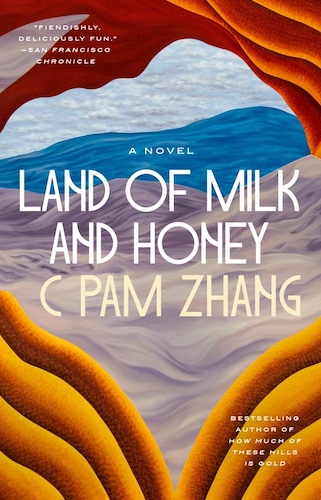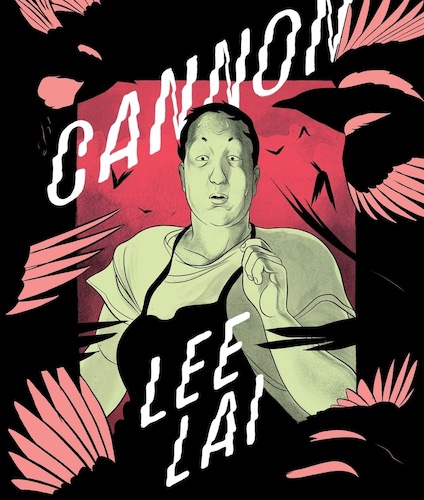Wen-yi Lee’s debut, The Dark We Know, a YA horror, was one of my favorite books of last year. So, when I learned she had an adult fantasy coming out, I was already excited, but the premise of a lesbian girl gang in 1970s Singapore (with magic!) made this one of my most anticipated releases ofRead More
Vampires, Murder Mysteries, and Loneliness: The Midnight Shift by Seon-Ran Cheon, Translated by Gene Png
At its core, this is a book about the kind of loneliness that persists even in a life filled with relationships. I read it on honeymoon—almost a year late because of a cancer treatments—and understood immediately what Seon-Ran Cheon’s vampires were hunting. Cancer ghosting taught me: you can be most alone with a contact listRead More
Family Matters: Next Time Will Be Our Turn by Jesse Q Sutanto
Next Time Will Be Our Turn was the perfect book to read on an airplane, because so much of it involves characters travelling from one country to another, reflecting on what makes a home a home and what it means to live somewhere that doesn’t have room for their whole self. Fair warning, though: itRead More
A Sapphic Dragon-Slaying Knight: Brighter Than Scale, Swifter than Flame by Neon Yang Review
In Brighter Than Scale, Swifter than Flame, Neon Yang gives us a bright, fast-paced novella about dragons and knights and clandestine feelings. I have to admit, I was initially drawn in by the luscious cover art by Tran Nguyen, featuring a tough woman in beautiful armor with a second gorgeous, tattooed woman draped over her back asRead More
Old Gods, New Cities, and An Arsonist’s Lullaby: When They Burned the Butterfly by Wen-Yi Lee
One of my favorite tropes in fantasy is magic linked to body horror. Especially more so when it is treated as a volatile resource, calling into question the price of chasing power. Naturally, I had a fantastic time with Wen-Yi Lee’s When They Burned the Butterfly (October 21, 2025): a bloody, fiery saga about the horror andRead More
A Wild Dystopian Ride: Road to Ruin by Hana Lee
This is a post-apocalyptic ride of a novel with many a comparison to the Mad Max movies. Desert wastelands, thrilling motorcycle rides, and dinosaur-like creatures await in these pages! Jin-Lu, our main character, is a mage-bike courier, which means she has an aesthetically cool and extremely dangerous job taking messages and cargo across the wastelandsRead More
A Spicy Sapphic Witch x Vampire Romantasy… with Bite: Will It Hurt? by Lily X
This past summer, I came across a post on Instagram by Lily X (she/her/hers), a queer author of color, recommending some spicy sapphic books, including Make Room for Love by Darcy Liao. She seemed like she knew what she was talking about so I ordered Make Room for Love on a whim and ended up really enjoying it. The next timeRead More
Motorcycles, Magic, Monsters, and Love Letters: Road to Ruin by Hana Lee Review
Road to Ruin by Hana Lee was described to me as a Max Max: Fury Road-inspired fantasy with magic-fueled motorcycles, a dangerous wasteland, and romantic letter writing, and it lives up to the hype. I was instantly drawn in, and the whole thing was a romp that left me excited for the sequel. Not only does ourRead More
Hunger at the End of the World: Land of Milk and Honey by C Pam Zhang Review
Land of Milk and Honey is a literary science fiction novel that brings to life a dystopian world in which a smog has killed off food crops. The unnamed main character is a chef that is invited to take a job at a mountaintop colony in Italy, established by an enigmatic man and his visionary,Read More
The Necessity of Movement: Cannon by Lee Lai Review
Cannon by Lee Lai is one of the best graphic novels I’ve read this year—a masterclass in building tension through narrative and illustration. The story starts at what seems to be a point of maximum tension, with the eponymous character standing in the carnage of a destroyed restaurant or cafe. We do not know which it is, where we are, or why it’s comeRead More
- 1
- 2
- 3
- …
- 11
- Next Page »
